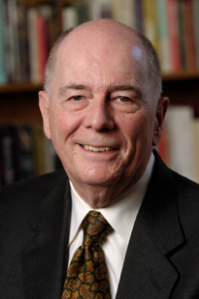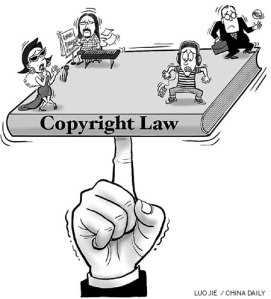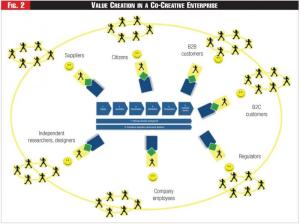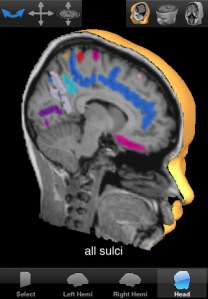The link of my digital essay Museum in the Future: http://cldigital685.wordpress.com/
Noticed Katie changed her website background page from a picture filled with lovely cats to a more philosophical image (to suit better to her digital essay’s theme), I would like to stretch the topic of “cat” a bit more from a fresh angle (which is not directly connected with “Writing” or “Digital” theme, but all thanks to the world-wide web that I am able to access those adorable cat pictures).
Long time people around the world have picked up Japanese love cats: 招き猫, Hello Kitty, cat cafes (I went to one in Tokyo, very pinky soft and relaxing, highly recommend) and cat accessories and cat mascots all over the streets. But there is one spot in Japan called Cat Island, where the cats are outnumber the humans.
The Cat Island, 田代島(たしろじま) or Tashirojima in pronunciation, lies off the west coast of Japan. The island has a history of silk farming and originally cats were brought onto the island to keep mice out of the silk farms. While now the silk farms are largely gone, the long existed creature, cat, never ceased to popularize its species.
Tashirojima isn’t a large island, currently it has the population of less than 100, with most working in fishing tradition. In these past years, the island has become a place of tourist interest, thanks to the cats, with many visiting to take a look for themselves of this village where cats are outnumber humans. The local governance believes feeding cats bring good fortune, so even the cats are strays, every household keeps them well fed and checked up on to be healthy.
The saying always goes that cats and dogs can’t keep best terms with each other. Not surprisingly, if a visitor is thinking of coming with the pet dog, he or she probably has to give up the plan and be prepared to leave the poor puppy at the dock on the mainland. The regulations of the island prohibited any dogs to be on the dock, and there aren’t any dogs in local households either.
This website,

http://www.atlasobscura.com/places/tashirojima –has a whole gallery of cats.
Amusingplanet.com specially showed gorgeous photographs of the cats and the island, recounting its history and current population.
Dailymail.co.uk (click the image) gathered very neatly written captions for each image of the island:
This tiny island has quite developed service industry for tourists and abundant offers for amenities. Any cat lovers who would like to enjoy the company of a furry feline, or just want to see these cuddly creature strolling on their paradise home Tashirojima, can consider to take a trip during this summer break for a treat!

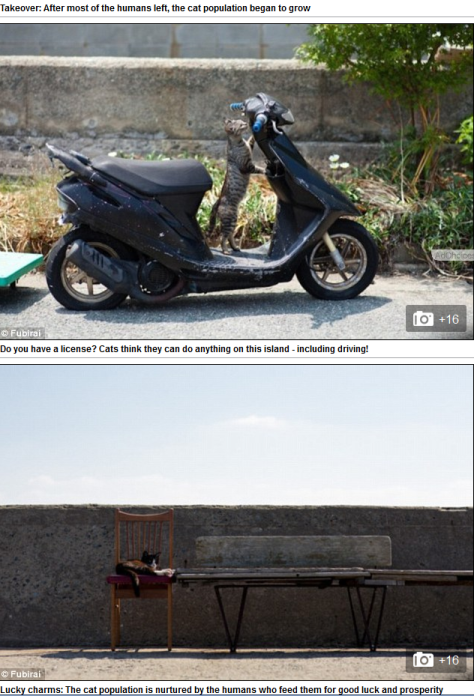
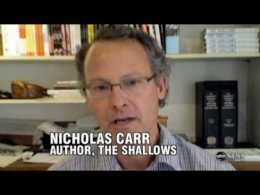
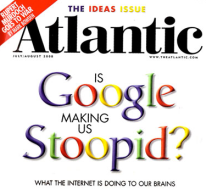
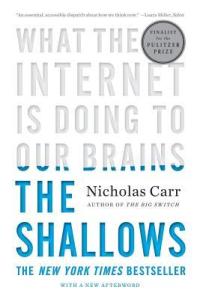 And I began devouring it. Because once started reading, I couldn’t stop. Upon finishing it, although I wasn’t entirely convinced by all the assertions Carr sets forth, the book has many powerful cases and well-crafted passages that it is worthwhile to share with other readers.
And I began devouring it. Because once started reading, I couldn’t stop. Upon finishing it, although I wasn’t entirely convinced by all the assertions Carr sets forth, the book has many powerful cases and well-crafted passages that it is worthwhile to share with other readers.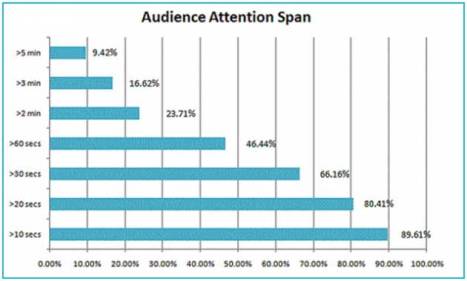

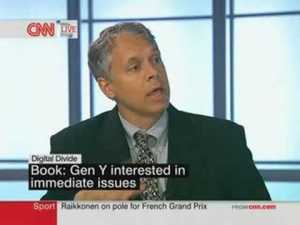
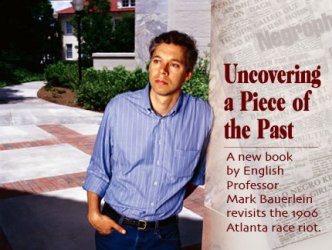
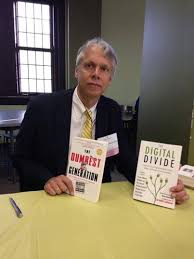
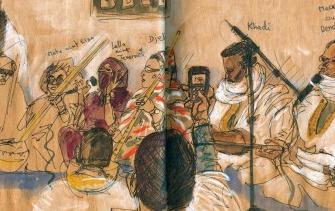
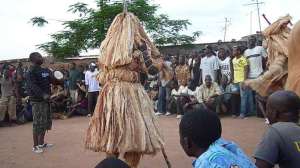 African’s primary vehicle for carrying these information were story-telling, music and dance.
African’s primary vehicle for carrying these information were story-telling, music and dance.

 and a minute later, my research yield the information that Valenti was the lobbyists for
and a minute later, my research yield the information that Valenti was the lobbyists for 